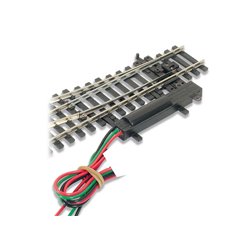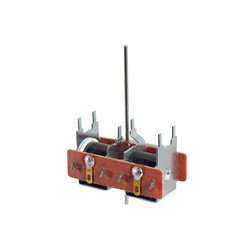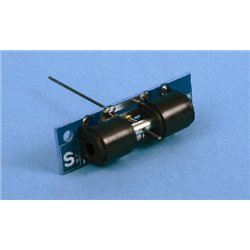With so many kits of railway coaches and wagons out there for consumers to choose from, why do so many still come...
No products
Product successfully added to your shopping cart
There are 0 items in your cart. There is 1 item in your cart.
Search Tips
What is the difference between a point motor and a side-mounted turnout motor?
In model railways, a point motor is a type of mechanism that is used to control the position of a turnout, or switch, which is a track section that enables a train to switch from one track to another. The point motor is typically installed beneath the baseboard of the layout and connected to the turnout via a linkage. When the motor is activated, it moves the linkage and changes the position of the turnout.
The main difference between the two types of motors is their installation method and physical location. While a point motor is installed beneath the baseboard and requires a linkage to connect to the turnout, a side-mounted motor is attached directly to the side of the turnout, eliminating the need for a linkage. The choice of motor type may depend on a variety of factors, including the space available beneath the baseboard, the complexity of the layout, and the personal preferences of the model railway enthusiast.
Click here to receive the tips weekly in your mailbox. You can unsubscribe at any time.










